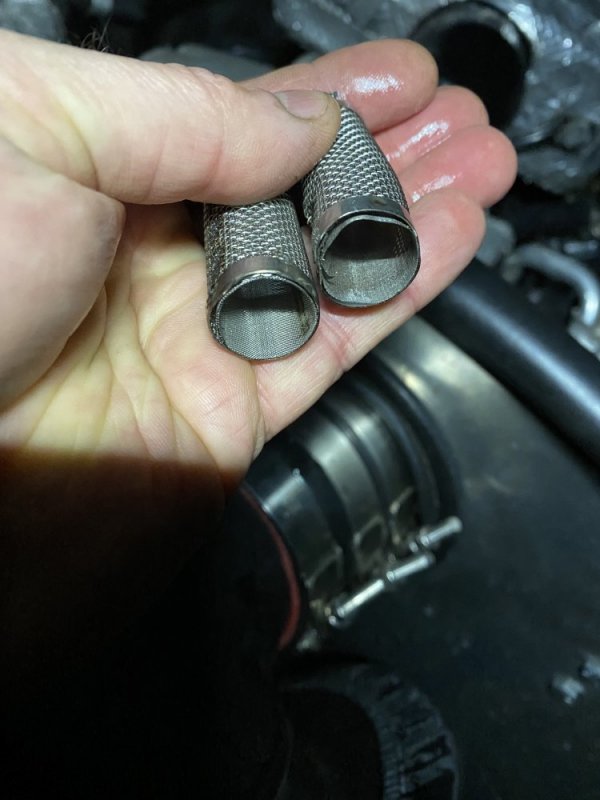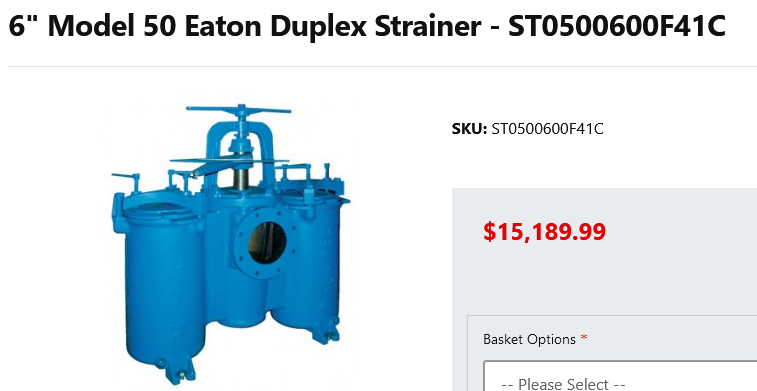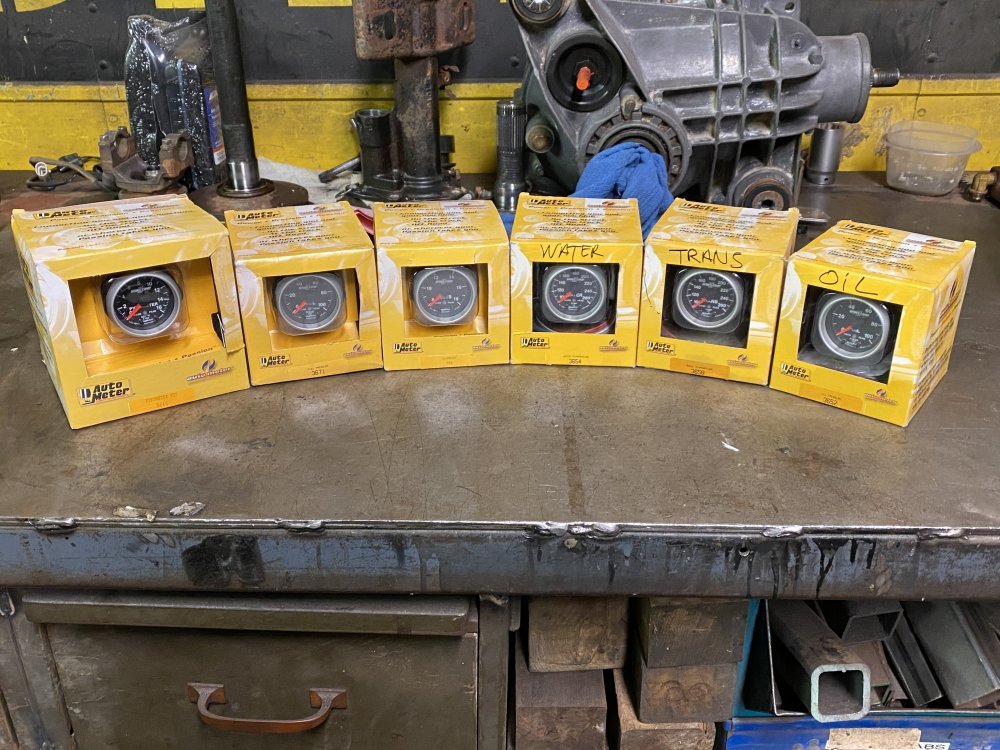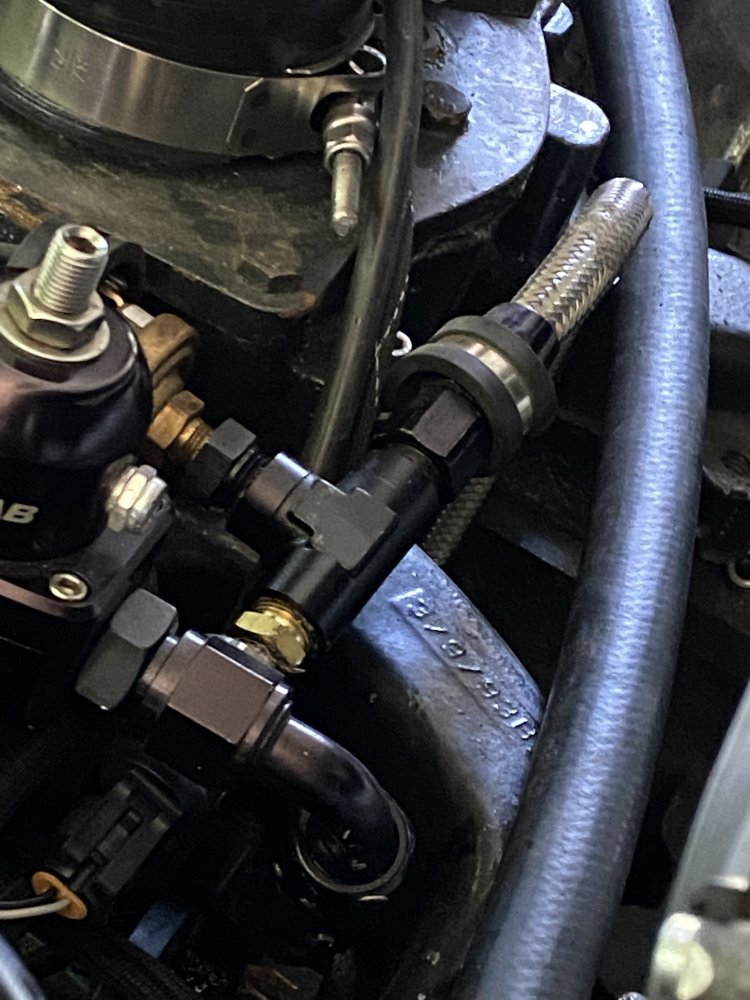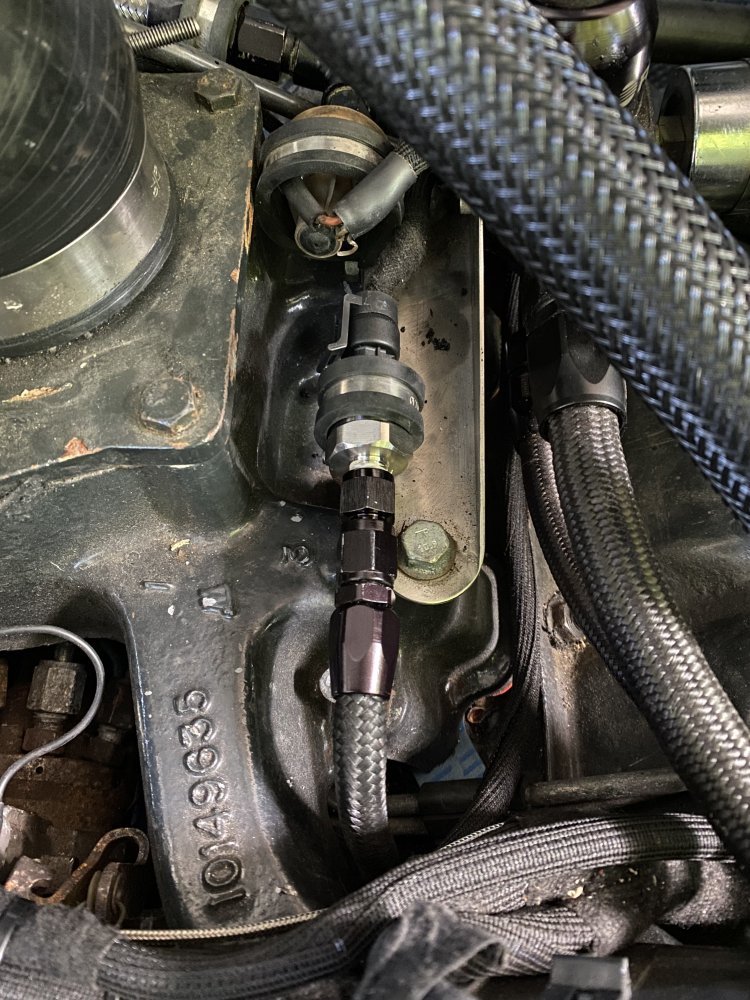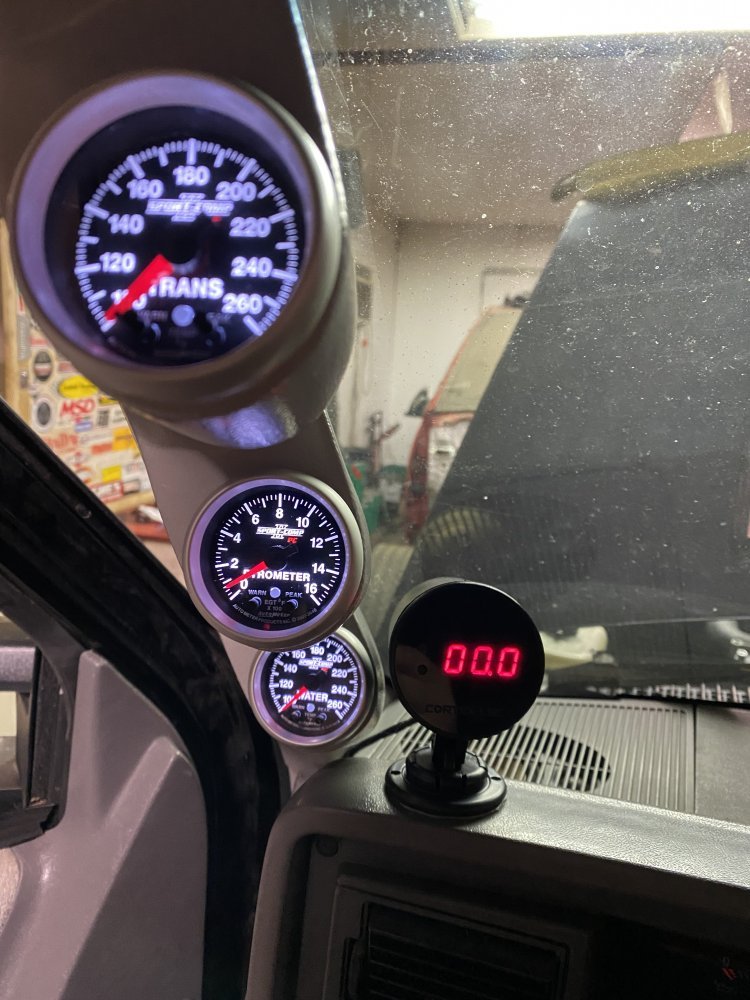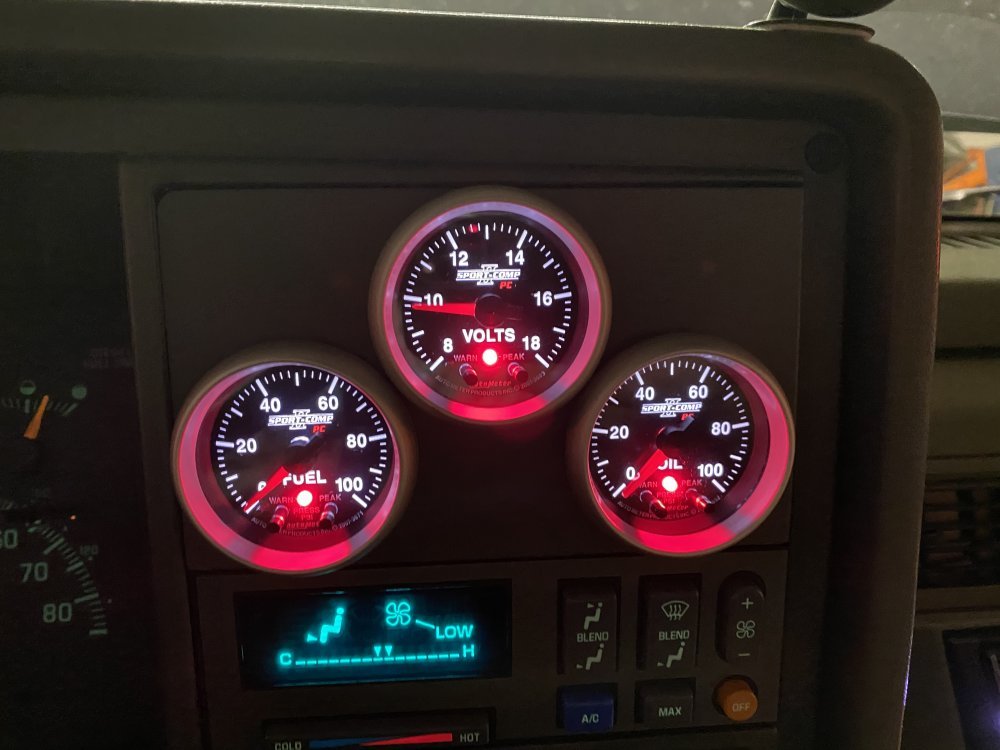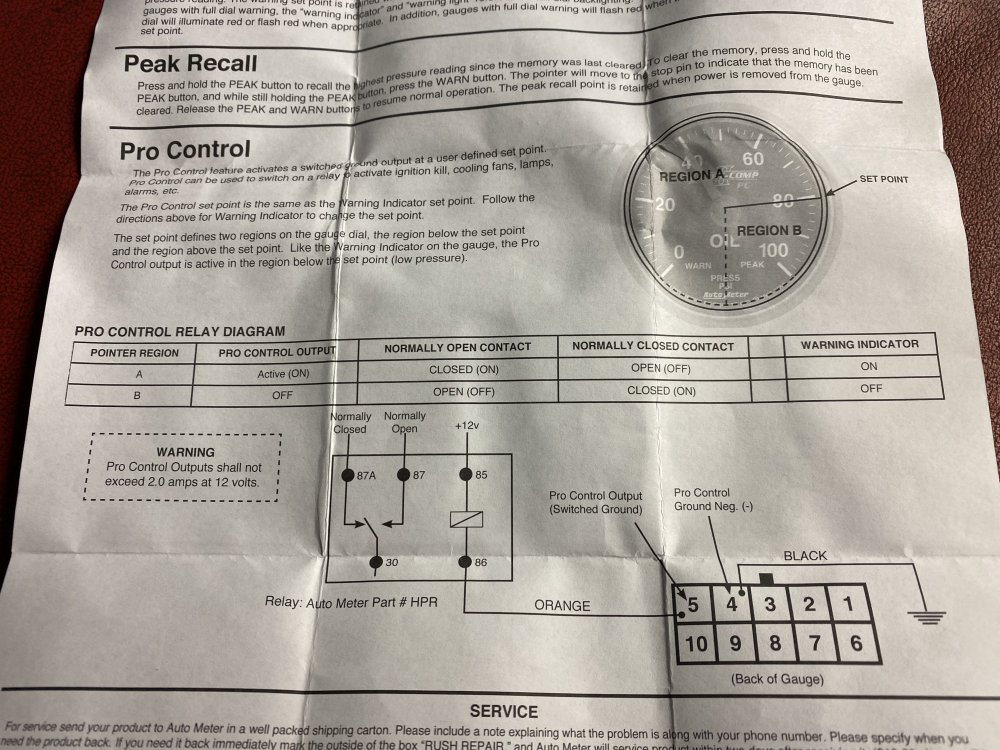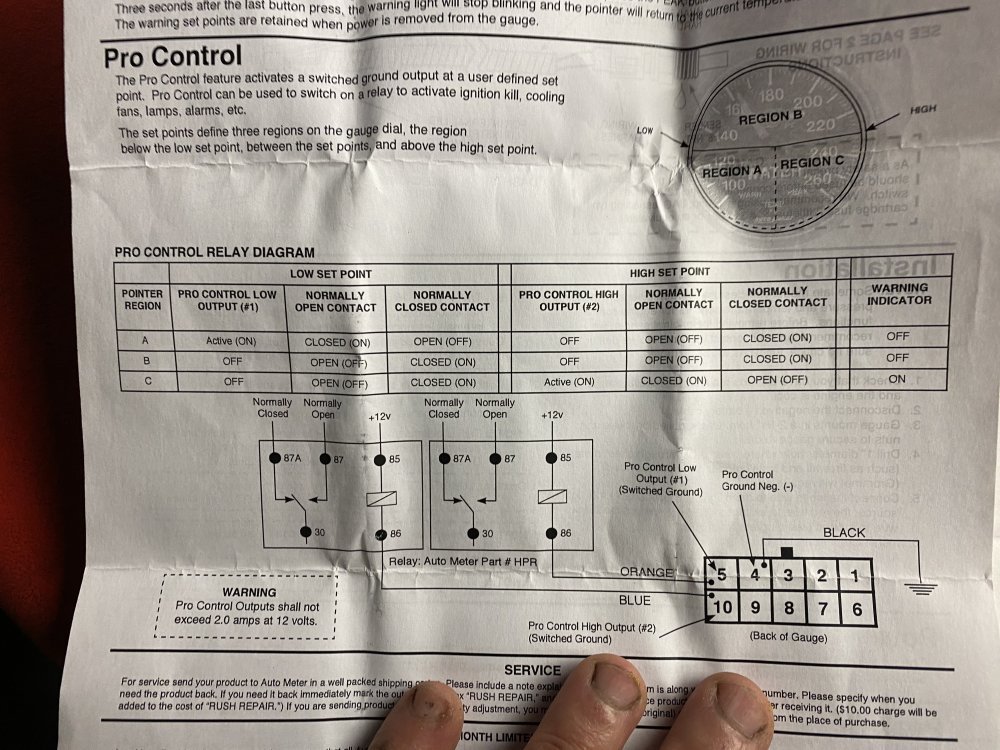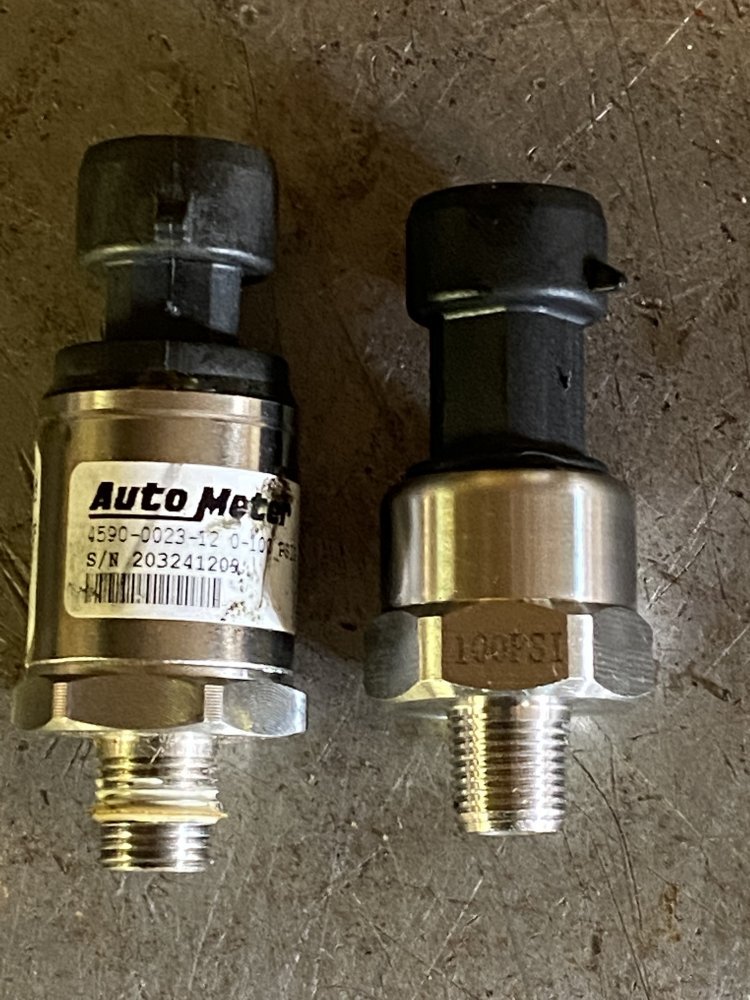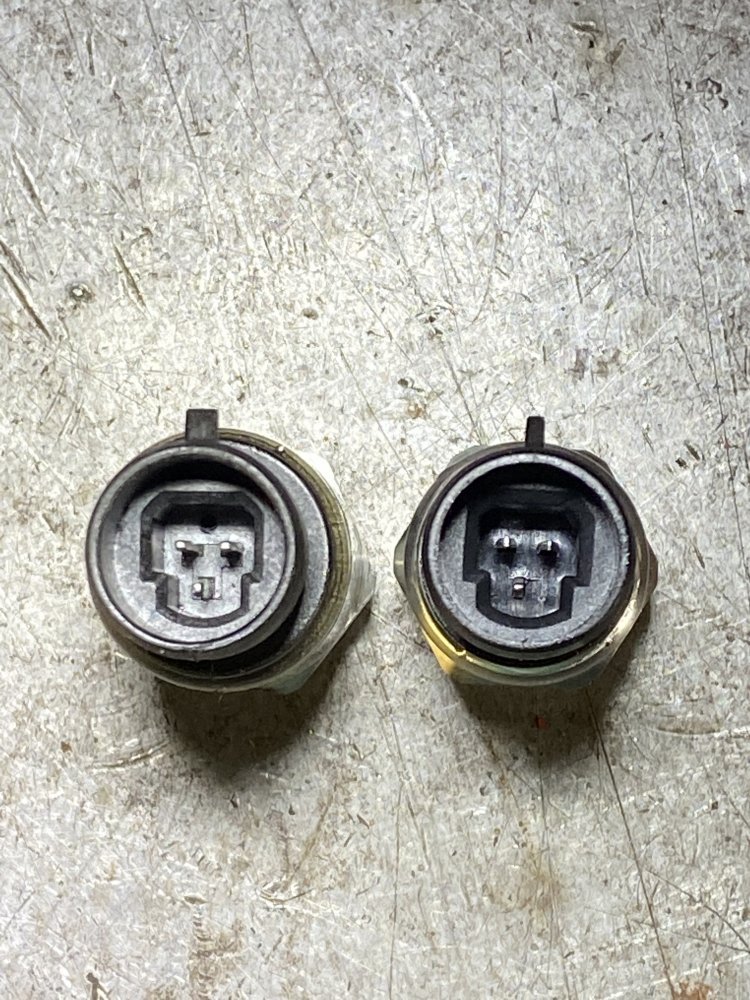n8in8or
I never met a project I didn’t like
This is the regulator I’m using. I ended up with one that has -6 inlet and outlet because it was a scratch n dent unit and I saved about $50. That doesn’t seem to effect its operation so I think it’s ok, but if all things were equal, I would have chosen one with -8 port sizes so it matched the hose size.Man that thing really zips for a dually!
What external regulator did you use for the raptor? Happy with the isolator for the gauge too?

Fuelab 515 Series Fuel Pressure Regulators 51502-1 | eBay
Find many great new & used options and get the best deals for Fuelab 515 Series Fuel Pressure Regulators 51502-1 at the best online prices at eBay! Free shipping for many products!
www.ebay.com
I’m not sure on the isolator yet. I sealed the seam with silicone and that seems to be working, but I think I still have air in the system I need to address because sometimes it will read really low at this gauge but be normal on the gauge at the regulator, then as things warm up it reads normal. I’m not sure it’s worth it to go mechanical for the gauge - between the cost of the gauge, the isolator and the hose and fittings to hook i, I probably spent just as much as I would have just getting an electronic gauge and it would have been easier to hook up.

